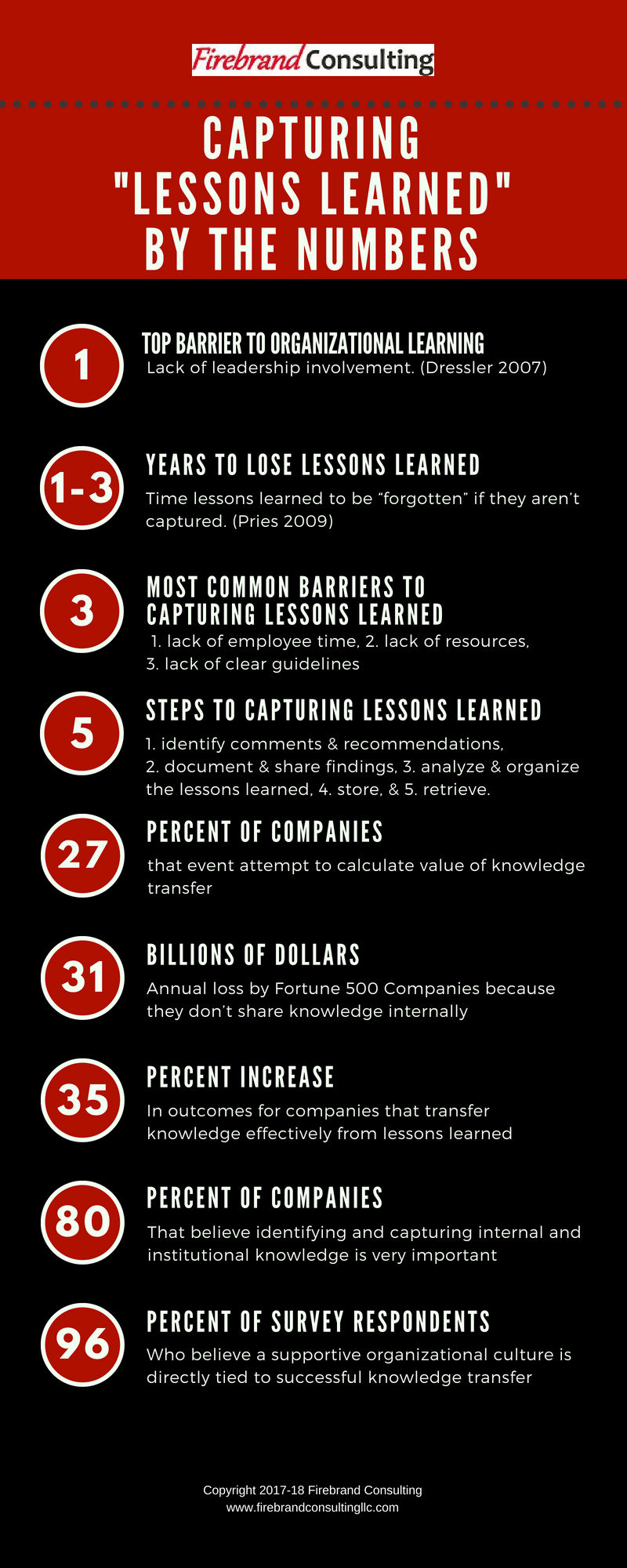Did you know that teams rated as the “best” make more mistakes (not fewer) than others? How come? Because the better teams that make more mistakes DISCUSS them. When they do this, they can work together to reduce them. In short, these “better” teams operate in an environment of “psychological safety”.
According to Harvard Business School professor and researcher, Amy Edmondson, psychological safety is the “belief that you will not be punished or humiliated for speaking up with ideas, questions, concerns, or mistakes.”
In contrast to a work environment the emphasizes only accountability to produce results, an environment of psychological safety is one that:
• Appreciates diverse perspectives and encourages disagreement instead of assuming there is one correct perspective or answer.
• Allows team members to admit what is unknown, uncomfortable, or uncertain. It is not a trendy “safe space” designed to shelter team members from things they don’t agree with.
• Focuses on experimentation to find ways to address current challenge. To this end, it encourages appropriate risk and allows mistakes.
• Approaches challenges as a system instead of looking for one thing or individual to blame.
• Allows for imperfection and encourages acknowledging personal fallibility and flaws without encouraging unproductive, dysfunctional behavior.
Through her research, Edmondson identified leadership behaviors that help create psychological safety, including these three:
1. A Learning Framework.
Work is framed as a learning problem; not an execution problem. This is accomplished, in part, by acknowledging uncertainty and interdependence. In this way, the team knows it’s OK to encounter fits, starts, detours, and failure before it arrives at an end result.
2. Lean in to Vulnerability and Flaws.
As a leader, when you acknowledge your own fallibility, you emphasize the need for all to speak up and add their perspectives. You can say things, like, “I’m curious to know how you see this.” or “What am I missing here?”
3. Model Curiosity.
Ask lots of questions to show the team how to speak up to get the information they need without being afraid to look less than competent.
For your part, creating psychological safety means that you as a leader must manage your emotions and reactivity. You might think you’re modeling curiosity to encourage participation in a discussion. However, if you get visibly upset at what your team’s input, you’ll undermine psychological safety.
In conclusion, when you create psychological safety with your team, you create an environment that taps into the human element of work instead of treating them as simple cogs in a machine. When coupled with high accountability for results, psychological safety helps you create a learning team that constantly adapts to challenges. In this way, your team has the best chance of expressing its full potential. And that leads to more innovation and creativity in your organization.
Learn more about Amy Edmondson’s research and how to create psychological safety in your organization with her book, The Fearless Organization: Creating Psychological Safety or her TedX Talk.
WANT TO USE THIS IN YOUR NEWSLETTER, BLOG OR WEBSITE? You can, as long as you include this information with it: Beth Strathman works with women in leadership who want to have more positive impact within their organizations, by gaining greater presence and composure, focus, and influence with their teams. Learn more at: bethstrathman.com.

 A recent survey found that 66% of workers in the US struggle with finding the right work/life balance – and they aren’t all parents. With our 24/7 culture, even employees without children find it challenging to keep work and home priorities in reasonable proportions. The real issue isn’t the continual balancing act between work and home; rather, it is the fact you don’t know what the balance is all about.
A recent survey found that 66% of workers in the US struggle with finding the right work/life balance – and they aren’t all parents. With our 24/7 culture, even employees without children find it challenging to keep work and home priorities in reasonable proportions. The real issue isn’t the continual balancing act between work and home; rather, it is the fact you don’t know what the balance is all about. It’s easy to lose focus on the fact that your team’s work is part of a strategic plan to accomplish the company’s big picture vision and mission. You can get so caught up your own focus and tasks that you assume everyone else is automatically aware of how their work connects to the company vision and mission. Consequently, your team and its work becomes mundane, reactive and uninspired. This kind of atmosphere can lead to higher turnover and lower productivity and engagement.
It’s easy to lose focus on the fact that your team’s work is part of a strategic plan to accomplish the company’s big picture vision and mission. You can get so caught up your own focus and tasks that you assume everyone else is automatically aware of how their work connects to the company vision and mission. Consequently, your team and its work becomes mundane, reactive and uninspired. This kind of atmosphere can lead to higher turnover and lower productivity and engagement. Early in your career, your idea of being a good communicator might have been making cogent arguments and clearly expressing yourself verbally and in writing. This would prove your capability.
Early in your career, your idea of being a good communicator might have been making cogent arguments and clearly expressing yourself verbally and in writing. This would prove your capability. When was the last time you got out of your “comfort zone”? Here’s a story, from storyteller Michael Meade, about the fact that seeking safety might be costing you something:
When was the last time you got out of your “comfort zone”? Here’s a story, from storyteller Michael Meade, about the fact that seeking safety might be costing you something: Is it difficult for you to find the right balance between being task-focused and relationship-focused? Is it simply challenging to figure out how “nice” you need to be at work? Do you ever wonder what it really means to be a good team player?
Is it difficult for you to find the right balance between being task-focused and relationship-focused? Is it simply challenging to figure out how “nice” you need to be at work? Do you ever wonder what it really means to be a good team player?
